[Hungary] In search of the Medieval Fortresses
Hungary first formed as a state in the year 1000, when King Istvan (Stephen) was crowned. About 200 years later the Mongols invaded eastern Europe, including Hungary, during the dynamic westward expansion of the Mongol Empire and of course left the country a complete mess. It was after this that the rulers of the country decided to invest time and effort in a stronger defense mechanism and this is how the first fortified castles appeared.

However, the medieval kingdom of Hungary fell at the battle of Mohács (1526), and many castles became ruined during the ensuing 150 years of wars. Thus many medieval castles survived only as ruins, although there are several well-preserved structures.
Today there are still quite a lot of these castles almost standing and open for visiting. We did check some of them during our road trip around Hungary. Most of them are built on top of hills, mostly because that’s a good observation point, but also because it was harder for the invaders to get to them and destroy them.
Most of them are ruins, of course, but they still have the main structure and the fortification walls. They are quite well preserved, they have information cards (although most of them in Hungarian), they host exhibitions of artifacts, clothing and art objects from the medieval times.
Boldogko Castle
Boldogkő Castle (located in the Boldogkőváralja village) is a part of a chain of fortresses along Hungary’s northern border, placed on hilltops to scare off invaders coming from the north and east. The castle was first mentioned in a record of 1282, when it was taken into royal hands by King Andras or Andrew III. The best guess is that it was built after the Mongol invasion of 1241.
The castle was damaged and reconstructed may times in its turbulent history, and it is hard to get a handle from here on how much of what survives was built when. The consensus seems to be that the oldest intact sections were built in the fourteenth century, with major additions in the fifteenth century and the late sixteenth. In fell into decay in the nineteenth century and has been restored in the twentieth.
The highlight for visitors today is the walkway on a narrow bridge to the watchtower. You get a beautiful view over the village below and the hills surrounding it.
The Castle is open for visitors between 1st of March and 31st of October, from 9AM to 5PM and the entrance fee is 800FT for an adult (about 2.5 EUR).
Diósgyőr Castle
The Castle of Diósgyőr is a medieval castle in the historical town of Diósgyőr which is now part of the Northern Hungarian city Miskolc.
The first castle of Diósgyőr was built probably in the 12th century and was destroyed during the Mongol invasion. The current Gothic castle was built after the invasion and reached the peak of its importance during the reign of King Louis the Great (1342-1382). Later it became a wedding gift for the queens of Hungary, and remained so until the Ottoman invasion of Hungary in the 16th century. By the end of the 17th century it was already in ruins. Archaeological excavations started in the 1960s. In 2014 the castle was completely rebuilt, the reconstructed rooms are furnished with Medieval-style furniture.
The interior of the Castle is a true trip back to Medieval times. Besides art objects, furniture, clothing, you will also find maps of those times, info on the rules of the country and on the Medieval history. You will even find a alchemy room, a minting room (the manual process of making coins), a blacksmith room. Guides dressed in Medieval costumes will tell you all the story of the castle.
Eger Castle
In 1004, just 4 years after the Hungarian state was formed, a church was built on the site of the Castle. The first buildings were modest: a small circular church and ancillary buildings, as time went by, however, houses began to spring up around the church and before long there was a sizable community. Building materials were primitive consisting of wood, straw/rushes and clay.
Such a community stood no chance, when in 1241 the Tartars swept through Hungary destroying all in their path. It has been calculated that 15-20% of the country`s population was killed and Eger was all but wiped out.
Once the Tartars had withdrawn, a period of rebuilding began, King Béla IV realized that if Hungary was to survive it needed fortifications of stone and so he embarked on a massive castle building spree. Eger benefited from this and in 1248 work began on a mighty castle.
So began a golden age, wealthy and cultured bishops used their riches to expand and improve the church – now a beautiful Romanesque cathedral- and the town that had sprung up around it.
It was during this period, the late 13th to 15th centuries, that Bishop’s Ippolit d’este and Janos Bekensloer had the Gothic Palace built (or at least part of it), walls were strengthened and bastions constructed.
The year 1552 holds a special place in the hearts of Hungarians. The little town of Eger gained Europe-wide renown when a small group of defenders managed to repel an Ottoman army of some 40000. In doing so, the Turkish advance was halted for some years.
In our days, the Castle is mostly in ruins, but still has some of its bastions standing and also the surrounding fortress. We visited it in the evening, which also gives you a nice view over the town of Eger with all its building lighten up.
The castle is open all year round, during summer time until 10PM and a full access adult ticket is 1600 FT (about 5 EUR).
Sirok Castle
The castle was established in 13th century. It was mainly used as a private residence of the local lords who managed their estate from here. In the 16th century the castle was strengthened as the Ottoman approached the Carpathian basin. After the Ottoman army occupied Eger it was a matter of time when the castle will fall. In 1687 the Habsburg army occupied it back from the Ottomans. The castle was eventually destroyed after the revolution in 1713.
The castle has two parts: upper castle which was originally used as a private residency and the lower castle which was added during the 16th century as a fortification. The castle was partly cut into the rock where it stands that’s why it is sometimes referred as cave castle.
Today there is an exhibition in the lower castle which introduces the history of the castle. A short film displays the life in the castle during the Ottoman times.
The castle is open for visiting from 10AM to 6 PM during summer time (May – October) and from 10AM to 4PM during winter time. Entrance fee – 800FT (about 2.5 EUR).
Visegrad Castle
The Visegrád double castle system is one of the castles built by Béla IV recognizing the consequences of the Mongol invasion. The fortress preserved its significance until the Turkish invasions.
The Citadel had a multi functional role: it was protecting the valley of the Danube, it was controlling the main commercial route between Buda and Esztergom, and also served as a custom’s house. The fortress consisted of two parts.
The construction of the Lower Castle started under the reign of Béla IV around 1247. It was unique, as the fortress was not located next to the road differing from the common traditions, but the road was crossing the territory of the castle. The most interesting part of the Lower Castle is the so called Solomon Tower. The Tower was named after a false story, stating that Solomon was guarded in this Tower after loosing in the battle for the throne against King Saint Laszlo and Geza.
This unique Hungarian building was constructed based on a southern-German design. Under the reign of Louis the Great King of Hungary, the famous bell-founder Konrád Gaal was operating in the fortress. Today the Tower is hosting a five-story museum, introducing the history of Visegrád to its visitors.
The Visegrád Citadel hosted the famous Royal Summit of Kings, and the first Anjou King died in the castle in 1370. The Saint Crown of Hungary was guarded here. When Louis the Great became the King of Poland in 1370, the Polish crown was also stored in the castle.
The place where the citadel is built is extremely beautiful. You get this amazing view over the hills and the town of Visegrad, but also over the Danube. Just take a time to enjoy thie breathtaking view.
The Castle is open for visiting from 10AM to 6PM summer time and to 4PM winter time. Entrance fee – 1700FT (about 5 EUR).

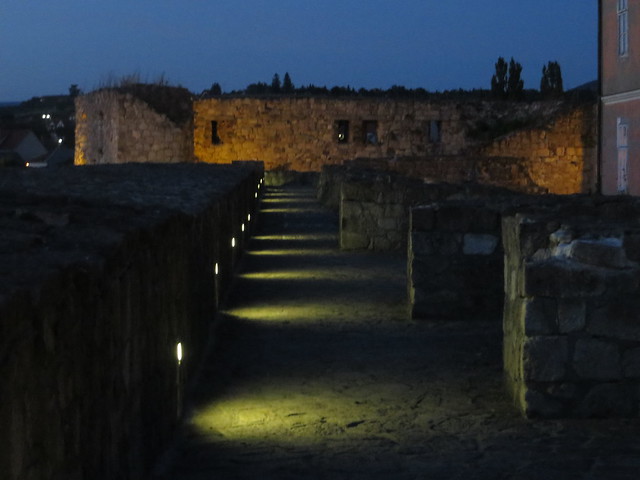
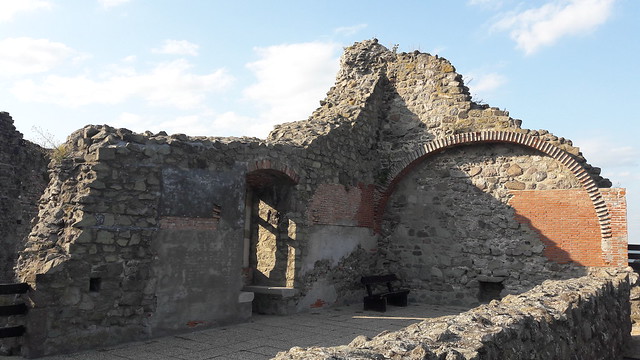

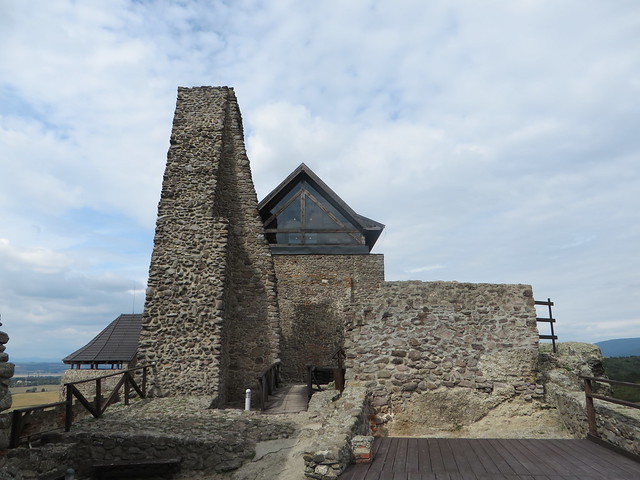
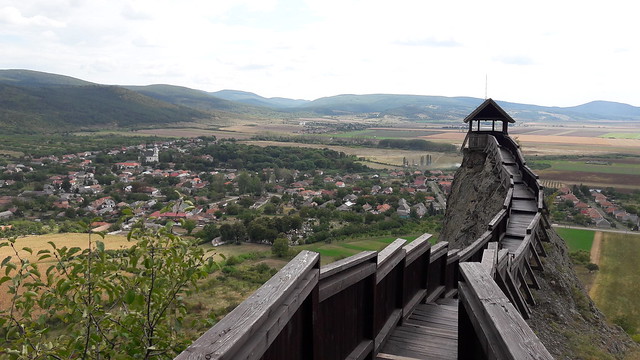


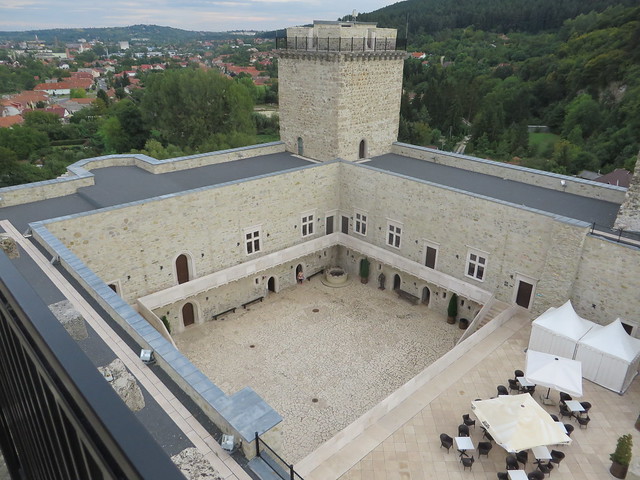

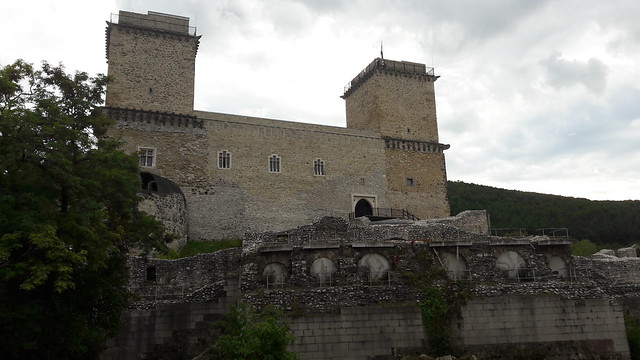

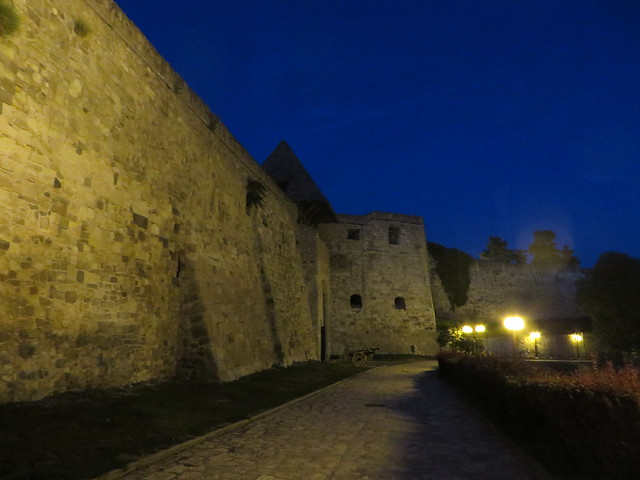

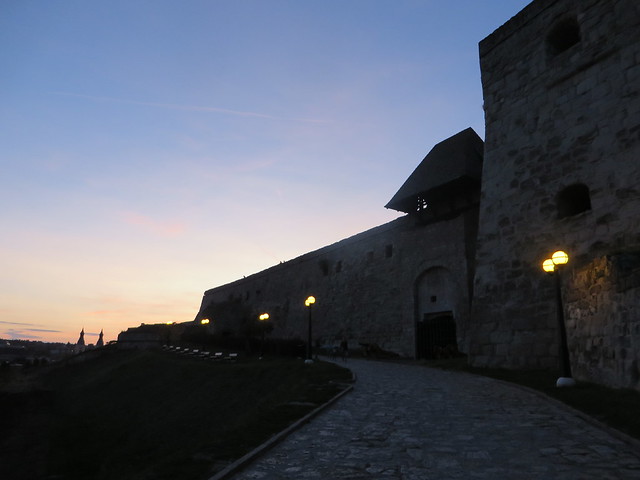
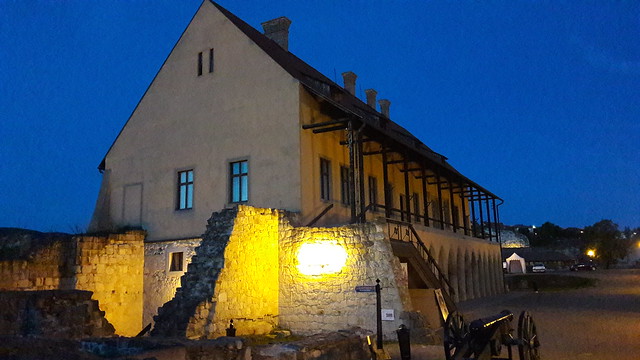


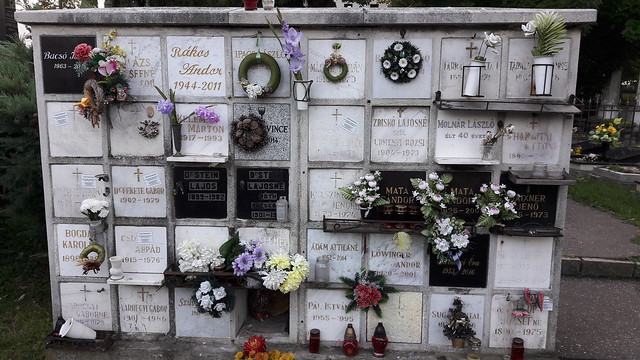








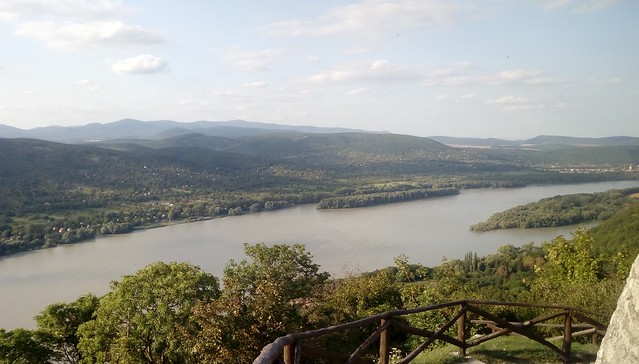

[…] quite well so you will have lots to see while driving a car on the country’s roads. From medieval fortresses, to hot springs and pools, the Danube crossing the country, beautiful small towns and villages, you […]
[…] We only spend about half a day in Visegrad and we started with visiting the medieval citadel that’s up on the hill (an article about the castle can be found here). […]